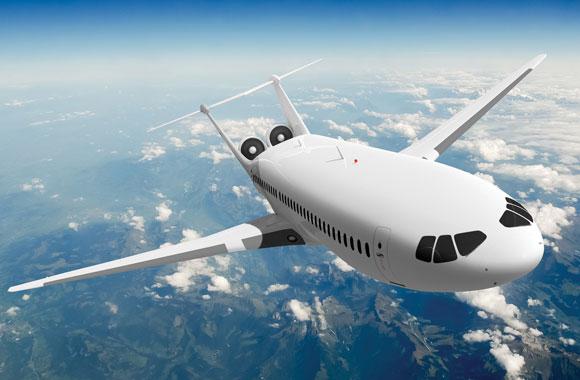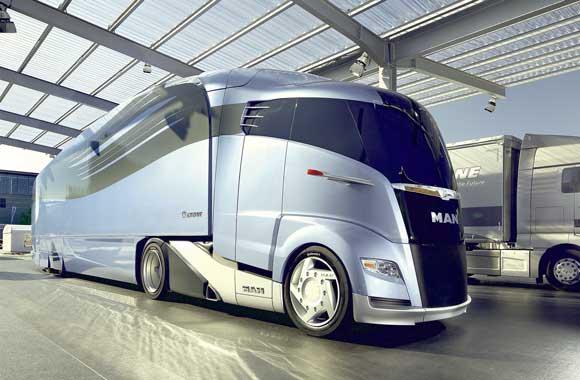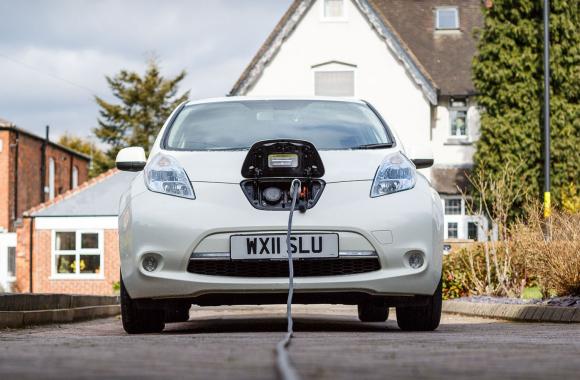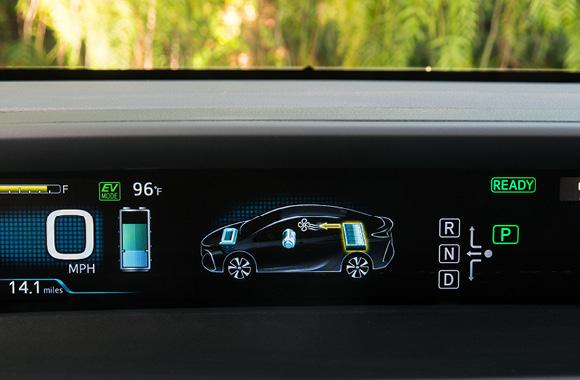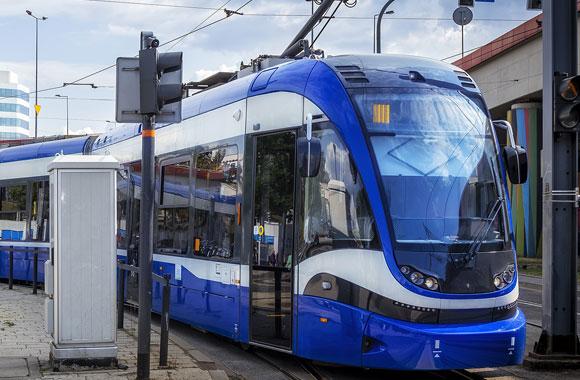Efficient Ocean Shipping
Huge volumes of goods are shipped across oceans. Fuel-saving ship design, technologies, and practices can trim greenhouse gas emissions.
Reduced/Sequestered
2020–2050
To Implement
Operational Savings
Impact
A combination of 17 ship technologies with slow steaming (slowing the ship speed) can cut fuel consumption of ocean ships in half. If 50–75 percent of international ships adopt these technologies and practices, we could reduce carbon dioxide emissions 6.72–9.83 gigatons by 2050 at a net first cost to implement of US$0.72–1.01 trillion. That could save US$2.48–3.54 trillion in operating costs over the life of the ships.
Introduction
Project Drawdown’s Efficient Ocean Shipping solution involves technologies that can reduce the use of ship fuel for international maritime shipping. Four types of vessels above 1,000 gross metric tons are included: bulk carriers, oil tankers, container ships, and general cargo ships. It replaces ships of over 1,000 gross metric tons of typical efficiency in 2014.
Shipping produces almost 3 percent of global greenhouse gas emissions—an estimated 1,076 million metric tons of carbon dioxide equivalent gases in 2018 alone (IMO, 2020). These emissions are forecast to reach 90–130 percent of 2008 emissions (794 million metric tons) by 2050.
Shipping emissions are a function of the demand for transportation, the efficiency of ships, operational conditions at sea, fuel use, and more.
Fuel-saving innovations include:
- flat extensions called ducktails at the rear that lower resistance
- compressed air pumped through the bottom of the hull that “lubricates” passage through the water.
Maintenance and operations also are vital for marine fuel efficiency. Techniques like removing debris from propellers, smoothing the surface of a hull with a sharkskin-like coating, and “slow steaming”—reducing a ship’s operating speed—all lower fuel consumption. This solution considers 17 energy-efficient technologies based on the Global Maritime Energy Efficiency Partnership (GloMEEP) project by the International Maritime Organization (IMO).
Methodology
Total Addressable Market
We defined the total addressable market for efficient ocean shipping as the total demand for maritime freight work projected to 2050 by the IMO and others. We used various projections of the Energy Efficiency Operational Indicator (EEOI) derived from forecasts of different scenarios of future greenhouse gas emissions and transport work. Many technologies and approaches can improve energy efficiency, in so many combinations that there could be hundreds of ways to make ships more efficient. Based on the existing literature, we estimate that 22.5 percent fuel efficiency improvements can be attained through 17 specific energy-efficiency measures analyzed by the IMO’s GloMEEP project and 27.5 percent of improvements can be attained by slow steaming for a total 50 percent increase in shipping efficiency.
We estimated current adoption of efficient ocean shipping (defined as the amount of functional demand supplied by the solution in 2018) as 5 percent of the total addressable market by comparing the improvement in EEOI in 2018 with 2014, the base year. We assumed that in 2014 all ships were conventional, so any improvement in EEOI can be attributed to the adoption of ships that are 50 percent more efficient than the ships of 2014.
Adoption Scenarios
We estimated future adoption of efficient ocean shipping using EEOI projections to 2050 made in the Third Greenhouse Gas Study of the IMO. We generated impacts of increased adoption of efficient ocean shipping from 2020 to 2050 by comparing two growth scenarios with a reference scenario in which the market share was fixed at current levels.
- Scenario 1: The average of the EEOI projections is applied to work done by ships operating at 50 percent greater efficiency. The solution achieves 49 percent of the addressable market (68,364.02 billion freight metric ton–nautical miles) in 2050.
- Scenario 2: One standard deviation below the mean EEOI values from all sources is applied to work done by ships operating at 50 percent greater efficiency. The solution achieves 66 percent of the addressable market (93,001.10 billion freight metric ton–nautical miles) in 2050.
Emissions Model
We based emissions reductions on reduced fuel use resulting from the efficiency measures and slow steaming.
Financial Model
We calculated capital costs for incorporating the energy-efficiency measures, and fuel savings from implementing these measures, by looking only at the cost of adding efficiency measures to a conventional ship. Hence, we estimate the cost of an efficient ship as the retrofitting cost for the 17 technologies identified. We assume that this cost is close to the incremental cost of purchasing a new ship with these technologies rather than a conventional ship. We assume the cost of the solution has a 5 percent learning rate based on a report from the International Council on Clean Transportation (ICCT) that indicated that some of the technologies are new enough to warrant higher rates (10–15 percent).
We derived operating costs from the average pricing of fuel from 2007 to 2018 from Intermediate Fuel Oil (IFO 380) and maintenance costs of the efficiency measures (IMO, 2015). We only considered fuel costs for conventional ships and the fuel efficiency savings for the efficient ships.
Results
All monetary values are presented in 2014 US$.
Scenario 1 estimates that energy-efficient shipping can reduce emissions by 6.72 gigatons of carbon dioxide equivalent greenhouse gases at a net first cost to implement of US$0.72 trillion and a lifetime net operational savings of US$2.48 trillion.
Scenario 2 avoids 9.83 gigatons of greenhouse gas emissions and yields US$3.54 trillion in lifetime net operational savings at a net first cost to implement of US$1.01 trillion.
Discussion
Large capital investments are required to capture the benefits described here. These may be difficult to finance because fuel savings are difficult to verify. However, some of these investments can be recovered quickly, leading to lifetime savings. We included some technologies that were not yet cost effective. If these were removed, the profitability of efficient ships would increase, but at the expense of lower emissions impacts.
A more granular analysis with faster learning rates of up to 15 percent for some technologies could prove insightful. While each scenario offers cost and emissions savings, the cost of freight transportation may increase in the short term, which may result in a marginal increase in the prices of commodities.
Although a reduction in greenhouse gas emissions from efficient ocean shipping is forecast over time, the rate of these reductions has to be increased so that the aggregate emissions from increased international shipping can be controlled. Some shipping companies have voluntarily adopted energy-efficiency measures for ships because it lowers operational costs. Nevertheless, many financial and informational challenges need to be overcome before all ships adopt energy-efficient measures.
References
International Maritime Organization (2014). Third IMO GHG Study 2014.
International Maritime Organization (2020). Fourth IMO GHG Study 2020.
What You Can Do
If international shipping is part of your company's supply chain, apply pressure to adopt fuel-saving practices and technologies.
Most efficient of all is not shipping in the first place. Before you buy something, consider whether the value of owning it is worth the price Earth's climate pays.
- Expand your knowledge by exploring another Drawdown solution.




